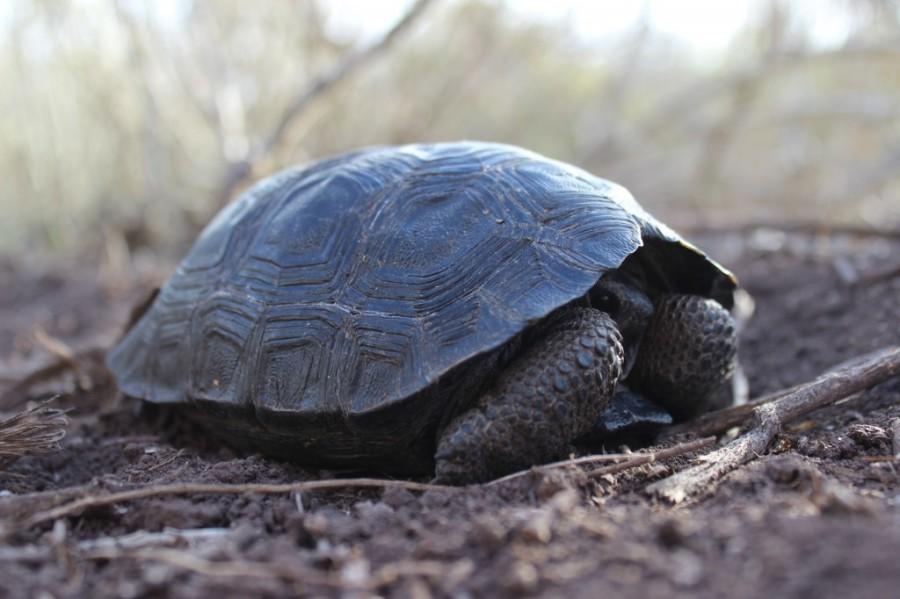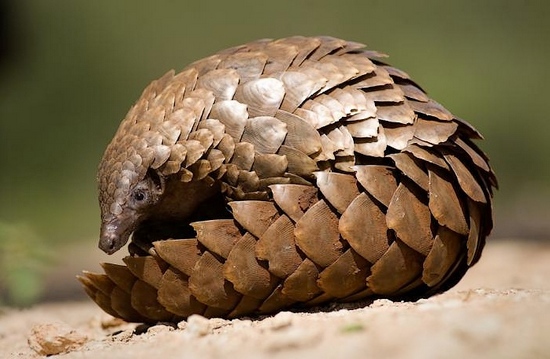A recent study has shown that the mean body mass of marine mammals has increased by 150 times since the Cambrian period (542 million years ago). These findings are consistent with Cope’s rule, which “proposes that animal lineages evolve towards larger body size over time.”
According to the journal Science in which this study was published, the researchers “compiled a data set of body sizes for 17,208 genera of marine animals spanning the past 542 million years,” and found that “neutral drift from a small initial value cannot explain this pattern. Instead, most of the size increase reflects differential diversification across classes” meaning that large body size was favored in through natural selection in the evolution of marine animals over the past 542 million years.
Jonathan Webb, writing for BBC notes that, “the pattern is not consistent across the animal kingdom, however. Most groups of dinosaurs got bigger until they died out – but the birds that evolved from them grew smaller and lighter with the necessity of flight.” He goes on to explain that the head researcher Dr. Noel Heim and his colleagues, “say the consistent trend does not mean that every single genus of animals evolved to grow larger. Instead, the branches of the family tree that were populated by larger animals divided many more times – diversifying and expanding so that the ocean gradually built up a greater variety of bigger and bigger beasts.”
This data could be coincidental but, as noted before, it is not consistent with a natural drift. The researchers ran computer simulations of evolution over the past 542 million years both with no an imposed favoring of size and favoring of larger size. The model that favored larger sized animals in natural selection bared the closest resemblance to our current evolutionary model.
The researchers as of now are unsure of what the exact benefits of the bulk might be. Webb notes that there are likelihoods that larger species, “took advantage of being able to move faster, burrow better in sediment, or eat larger prey.” Dr. Heim also suggested that, “the changing chemistry of the ocean, including an increase in oxygen, may also have played a role.”
Dr. Michael Berenbrink, an evolutionary physiologist at the University of Liverpool comments of the study, “You can see in the data, there is this trend to increasing size – but the real kick comes when you have these air-breathers re-entering the water, then you have a sort of step change in size.” By taking in oxygen from the air the animals are able to deliver this influx to their tissues and support larger bodies.
Most people have heard the adage that the blue whale is the largest creature to ever exist, but the sheer size of many other sea creatures is often overlooked. Below is a daunting graphic to make you think twice about getting in the water.



